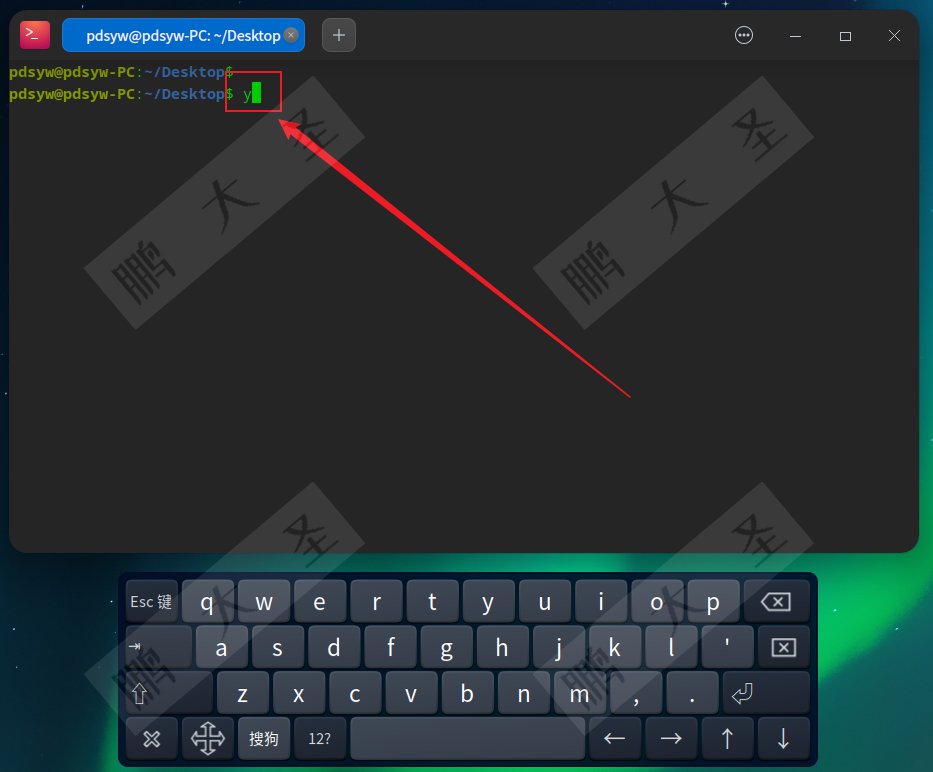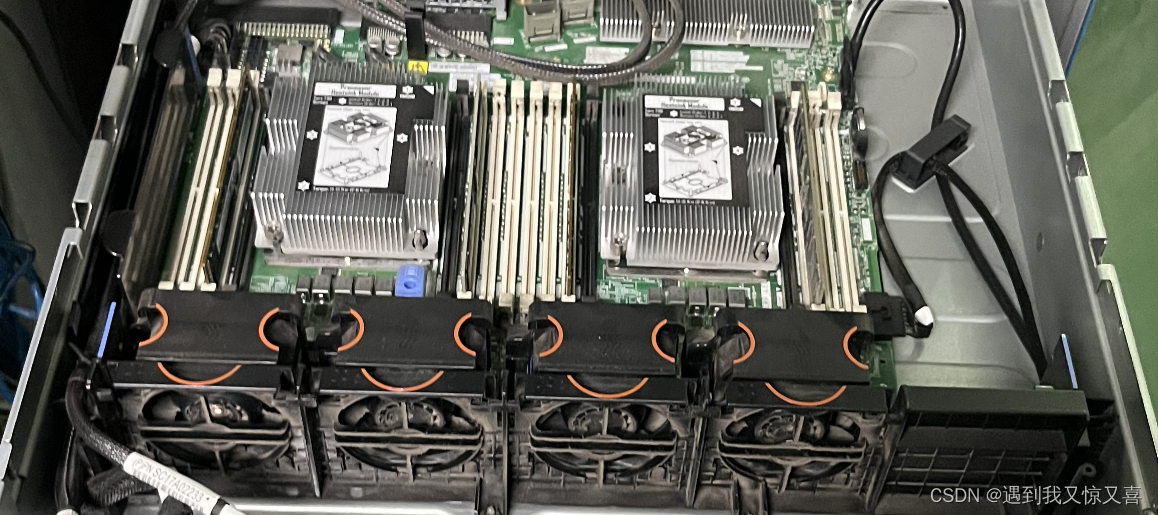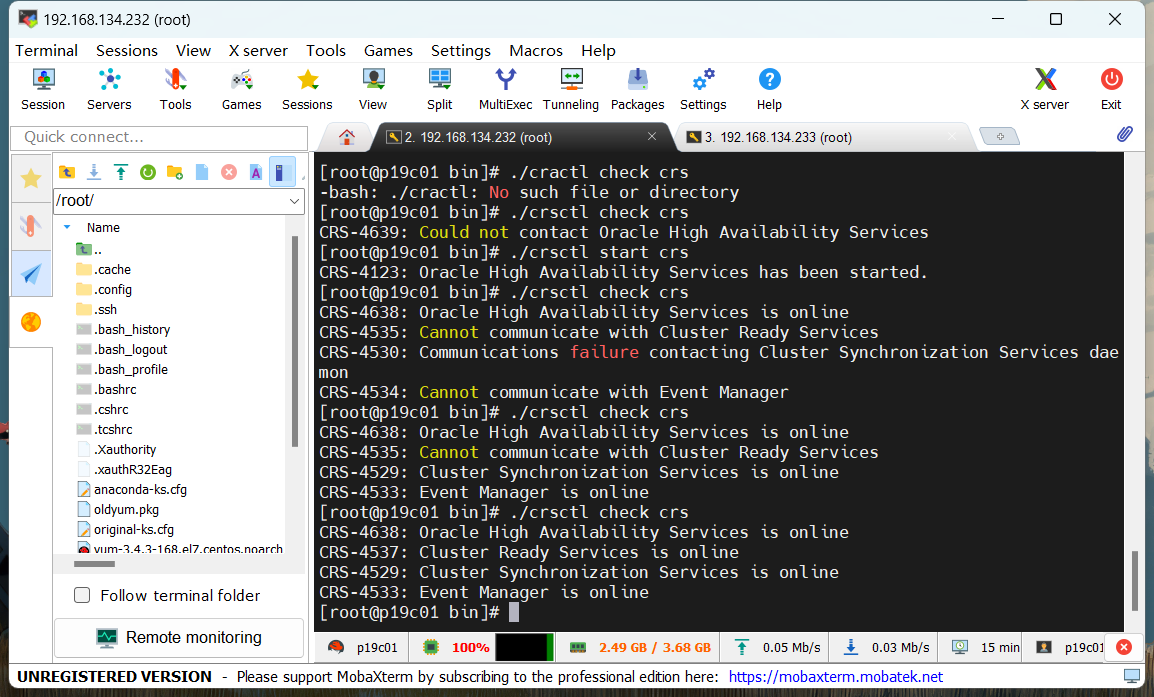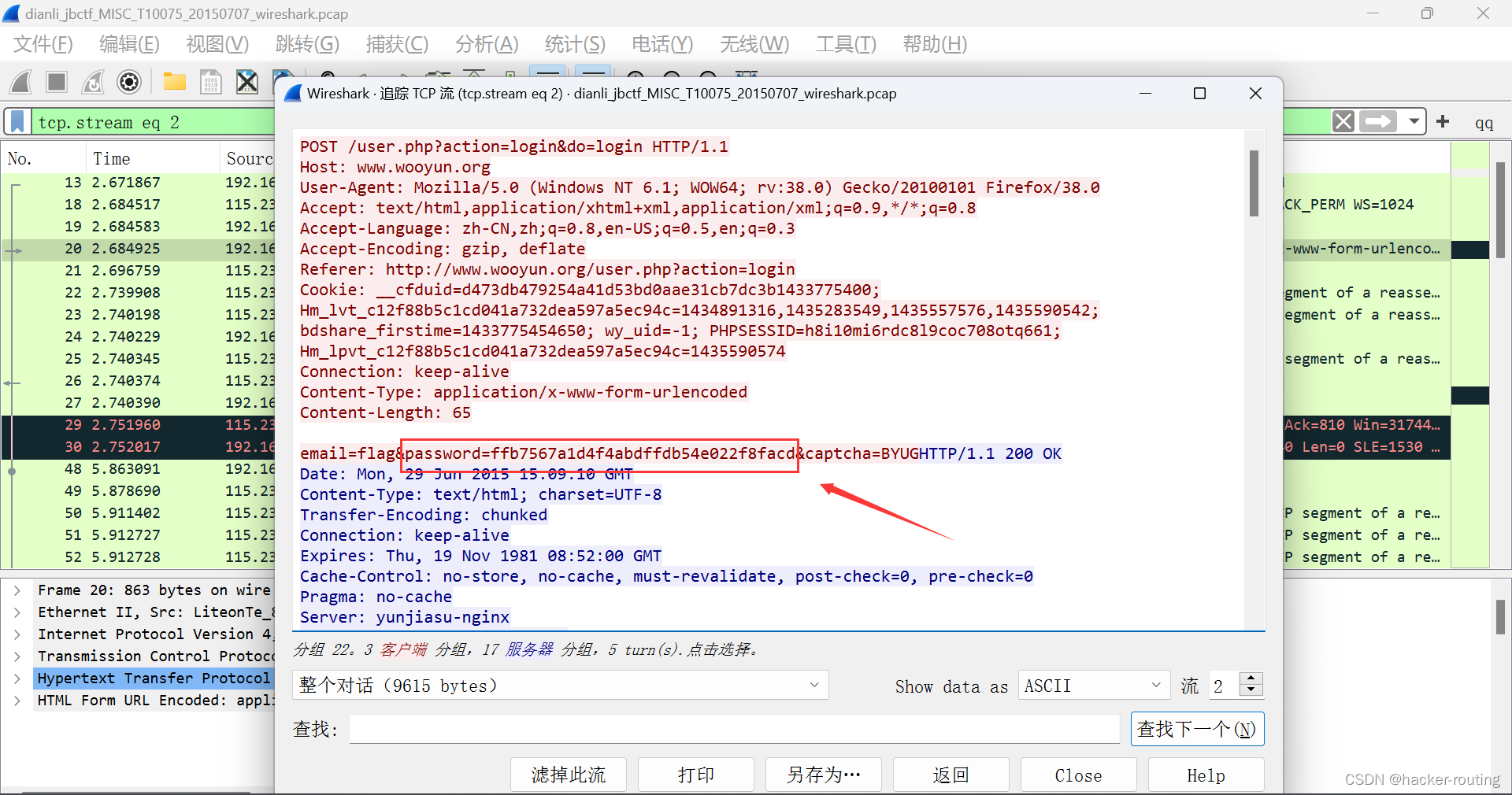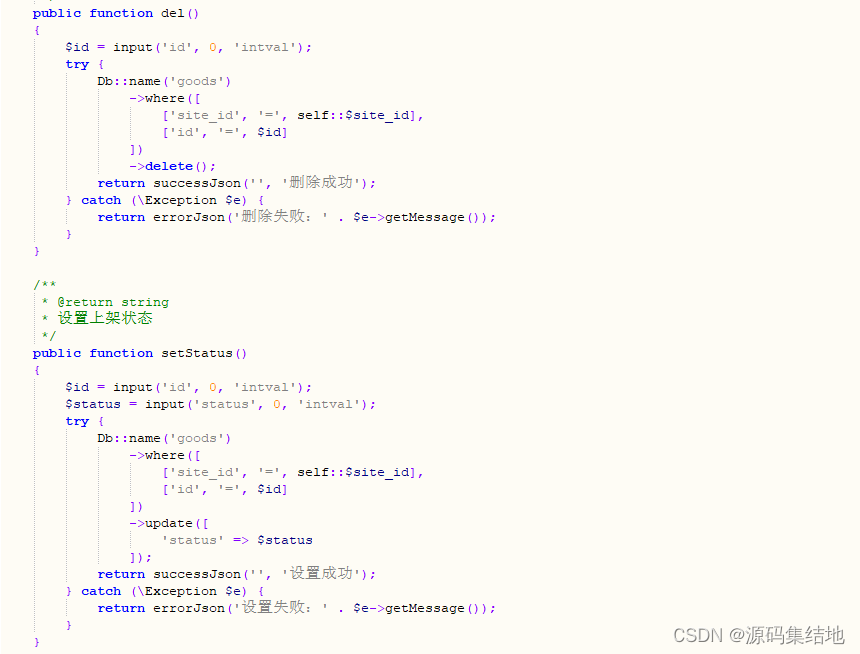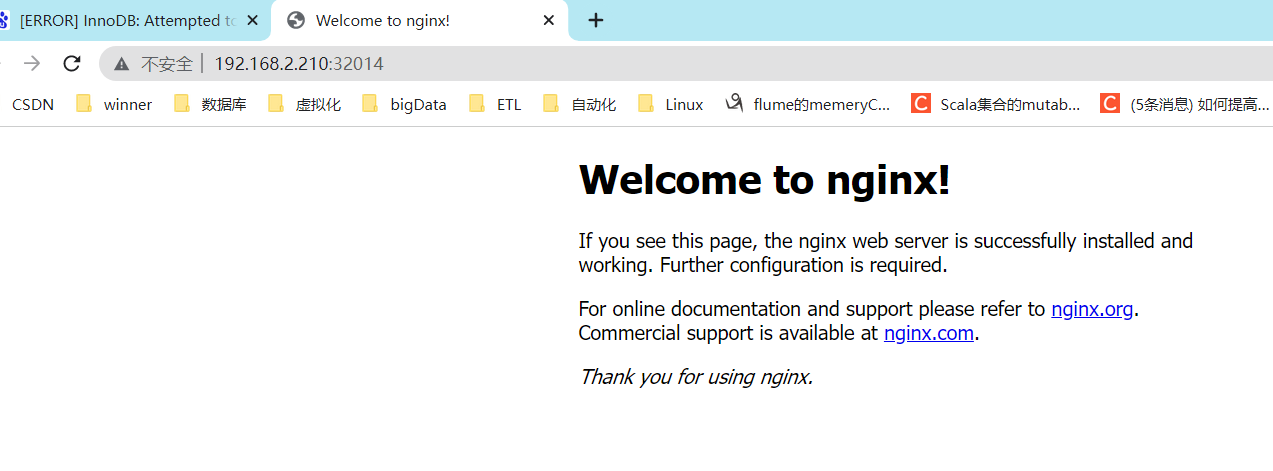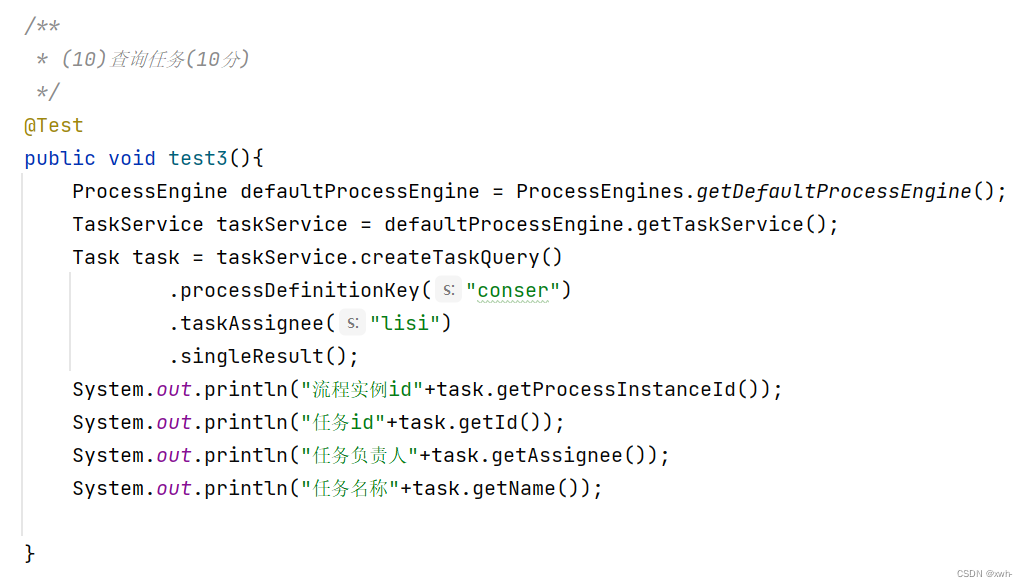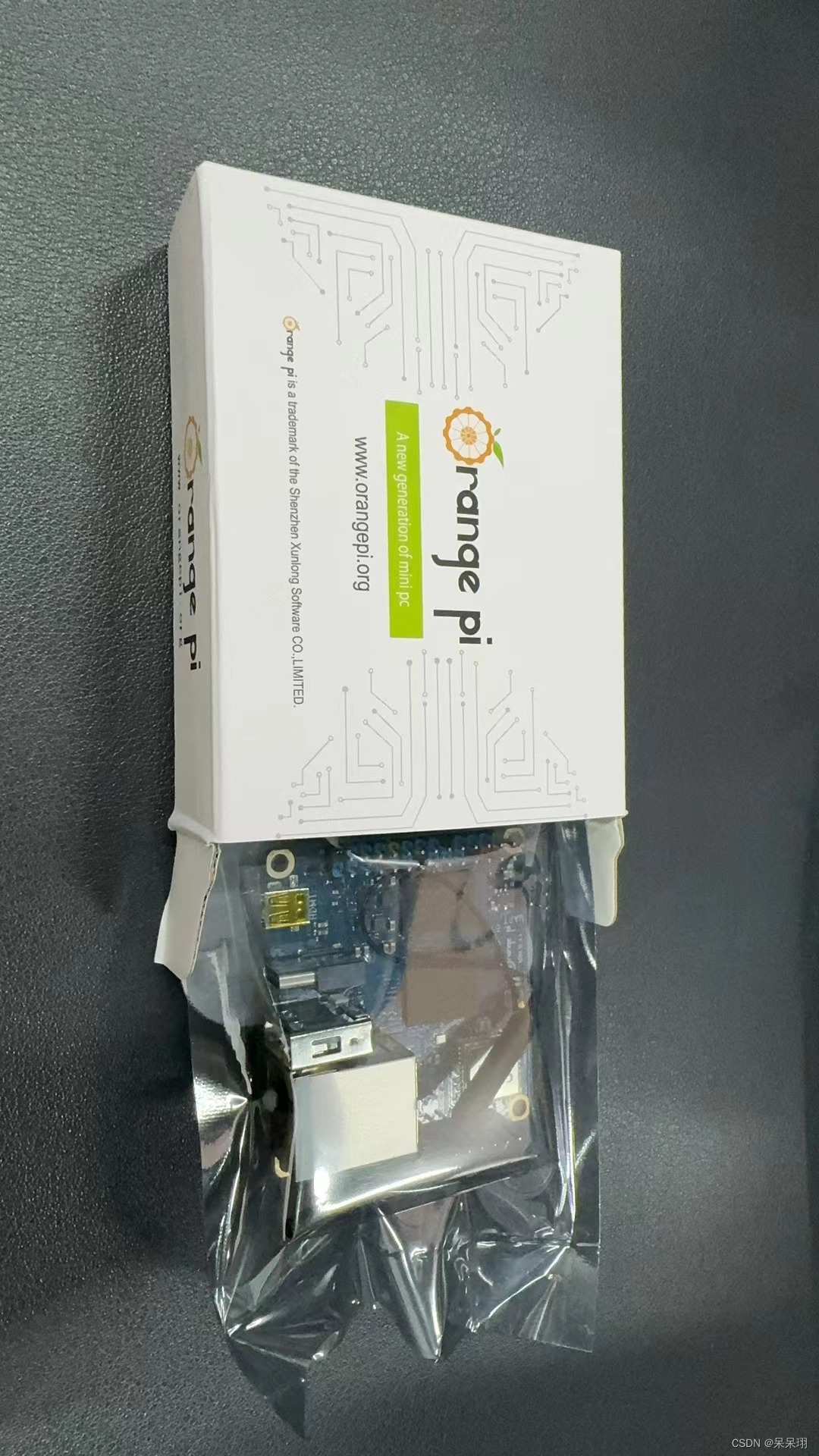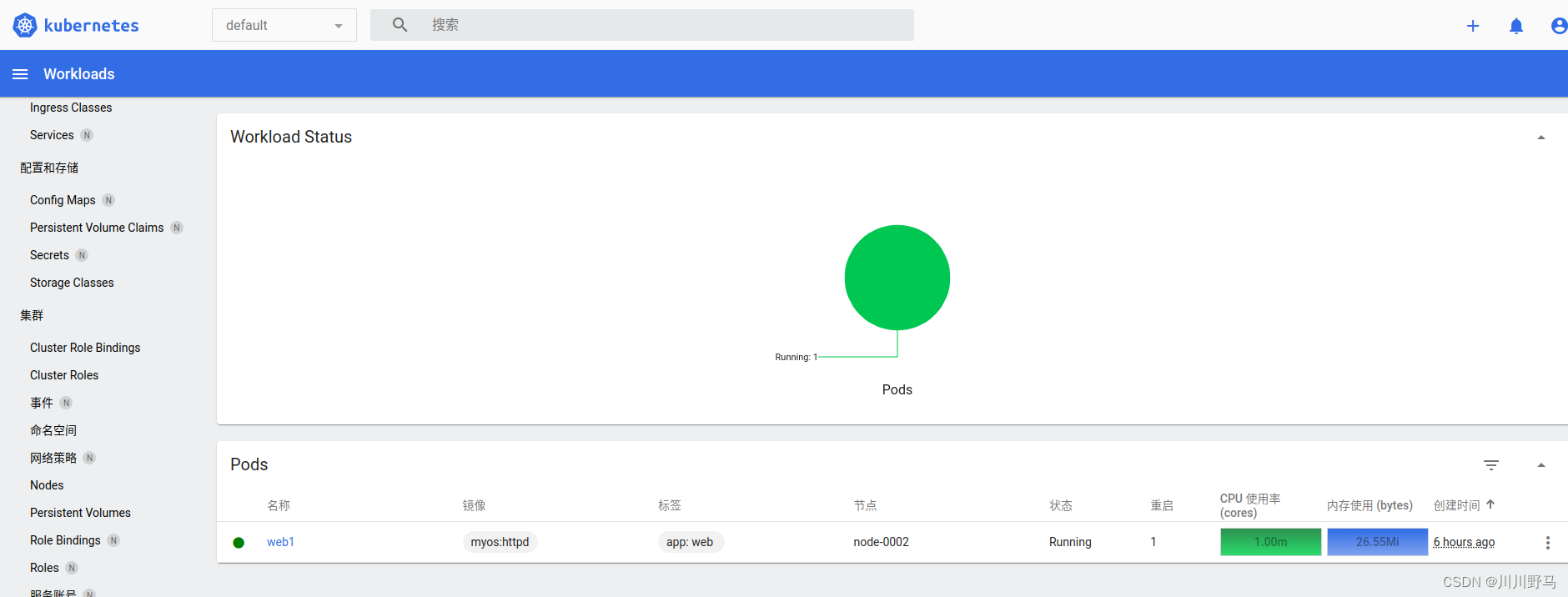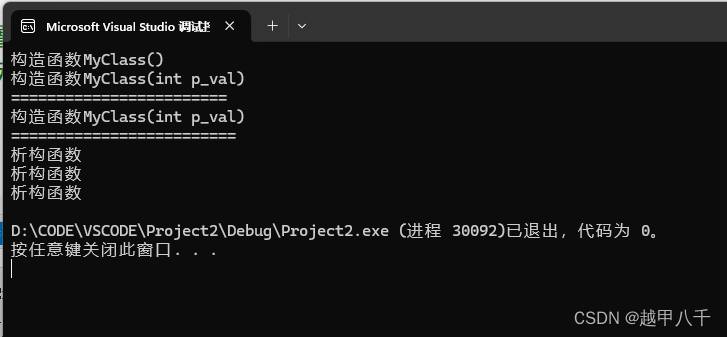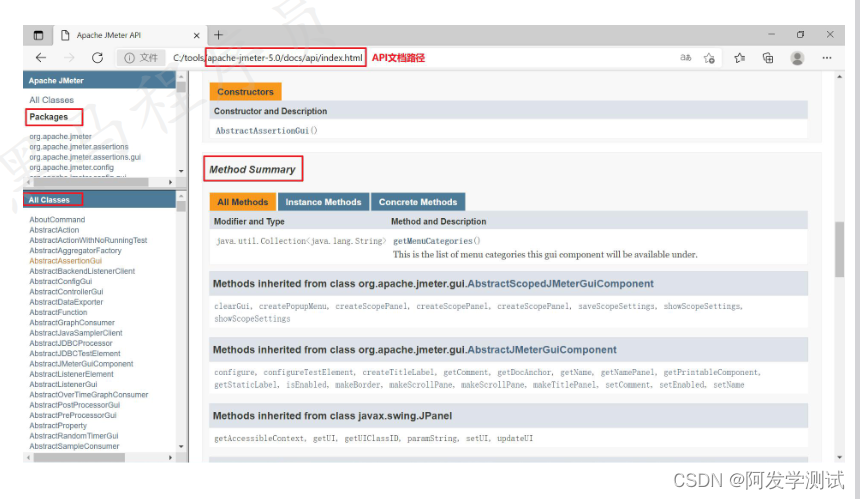源码解读
class ContextGuidedBlock_Down(nn.Module):
"""
the size of feature map divided 2, (H,W,C)---->(H/2, W/2, 2C)
"""
def __init__(self, nIn, dilation_rate=2, reduction=16):
"""
args:
nIn: the channel of input feature map
nOut: the channel of output feature map, and nOut=2*nIn
"""
super().__init__()
nOut = nIn * 2
self.conv1x1 = ConvBNPReLU(nIn, nOut, 3, 2) # size/2, channel: nIn--->nOut
self.F_loc = ChannelWiseConv(nOut, nOut, 3, 1)
self.F_sur = ChannelWiseDilatedConv(nOut, nOut, 3, 1, dilation_rate)
self.bn = nn.BatchNorm2d(2 * nOut, eps=1e-3)
self.act = nn.PReLU(2 * nOut)
self.reduce = Conv(2 * nOut, nOut, 1, 1) # reduce dimension: 2*nOut--->nOut
self.F_glo = FGlo(nOut, reduction)
def forward(self, input):
output = self.conv1x1(input)
loc = self.F_loc(output)
sur = self.F_sur(output)
joi_feat = torch.cat([loc, sur], 1) # the joint feature
joi_feat = self.bn(joi_feat)
joi_feat = self.act(joi_feat)
joi_feat = self.reduce(joi_feat) # channel= nOut
output = self.F_glo(joi_feat) # F_glo is employed to refine the joint feature
return output模块:ConvBNPReLU,是一个卷积层,没有偏置项,先卷积,在归一化,在经过PReLU激活函数。
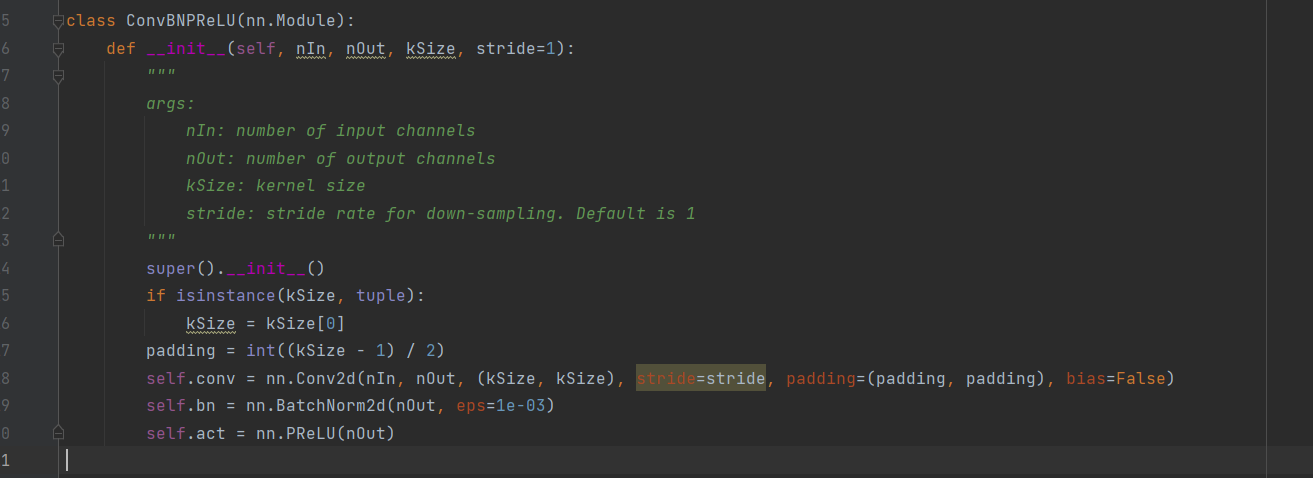
模块:ChannelWiseConv,是一个通道卷积操作。在标准的卷积中,每个卷积核都会跨输入特征图的所有通道进行卷积操作,这意味着输出的每个通道都是来自输入的所有通道的信息融合。在通道卷积中,每个卷积核只在对应的单个输入通道上操作,而不是跨通道。因此,每个输出通道的特征仅由对应的单个输入通道计算得出。通道卷积,对应的参数量更少,适合于移动端和嵌入式的部署。
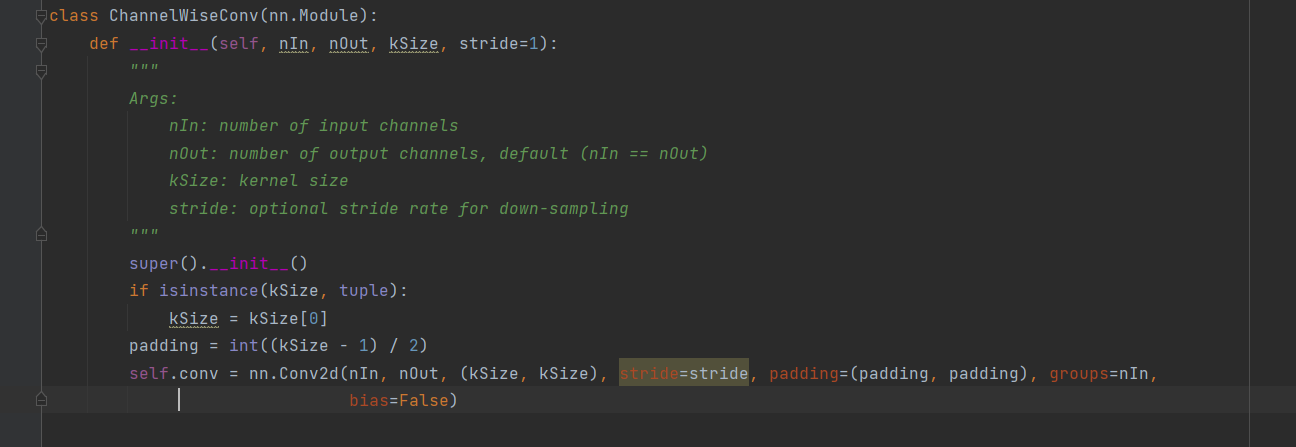
模块:ChannelWiseDilatedConv,是一个空洞卷积,空洞卷积适用于处理具有层次化结构或多尺度特征的任务,捕捉更广泛的上下文信息。相当于扩大了卷积核,扩大的部分补0。
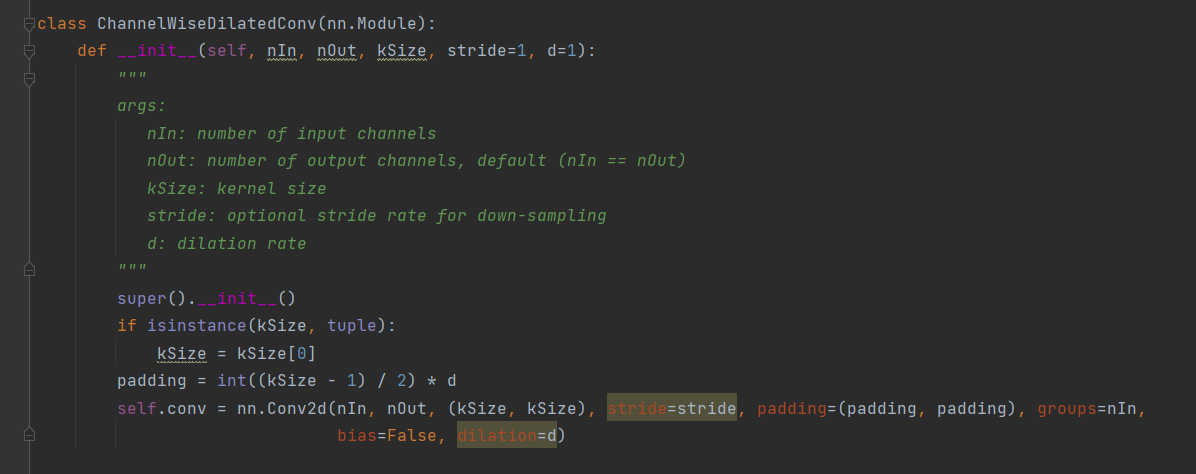
Relu与PRelu激活函数的对比。

模块:FGlo,nn.AdaptiveAvgPool2d(1) 是 PyTorch 中的一个自适应平均池化层,其目的是对输入的特征图进行全局平均池化操作,将空间特征转换成全局特征,使得网络能够处理不同尺寸的输入。nn.Linear()就是一个线性变换,相当于线性代数中矩阵的乘法。
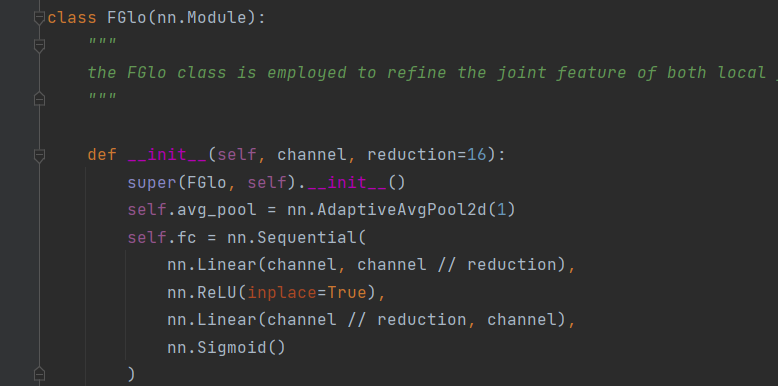
总:卷积模块ContextGuidedBlock_Down,更易用于捕获局部特征、周围上下文和全局上下文,并将这些信息融合起来以提高准确性。
修改
yaml文件
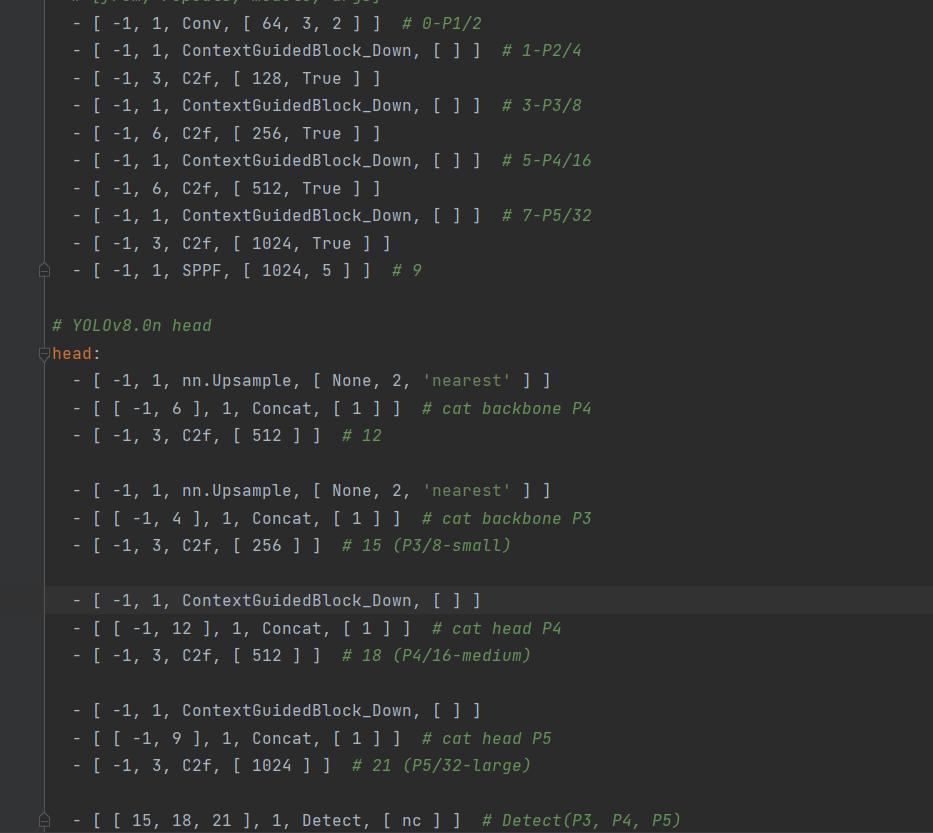
task.py文件

